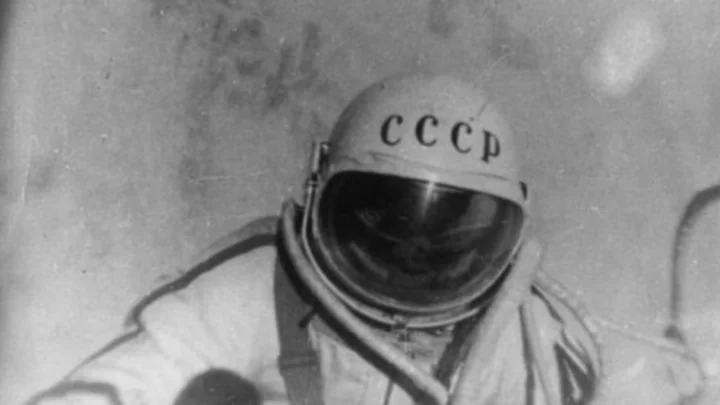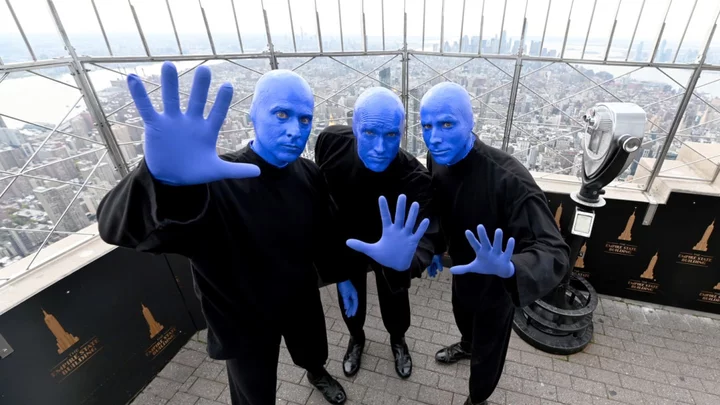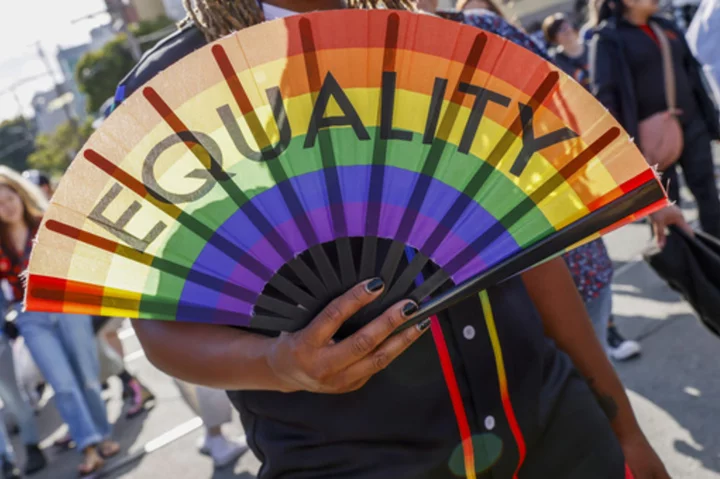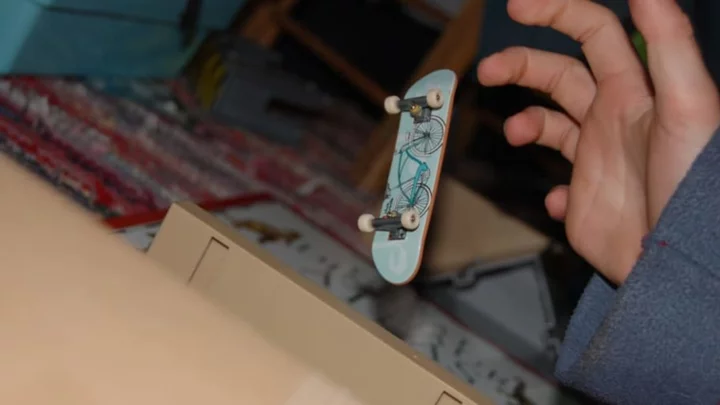A longstanding urban legend goes like this: During the space race of the 1960s, NASA spent millions developing a fancy "space pen" that could be used in zero gravity ... but the Soviets just used a pencil. This story resonates with us because NASA did actually spend piles of money on writing utensils in space—in 1965 they paid $128 per mechanical pencil, according to NASA historians (for the record, the pencils had high-strength outer casings, but the writing guts were just regular mechanical pencils). It just seems logical that the thrifty Soviets would use a simpler, smarter solution. But the story about the government-funded space pen and Soviets using pencils instead is just plain wrong—both space programs used the Fisher Space Pen, and neither paid anything to develop it. Let's dig into the real history here.
Why Don't Regular Ballpoint Pens Work in Space?
The traditional ballpoint pen relies partially on gravity to get ink out of the cartridge, onto the ball, and ultimately onto paper. Within the cartridge, there is a reservoir of ink (you can see this in that clear-plastic "stick" in the middle of a typical Bic pen). But without gravity, there is no force to push the ink towards the ball—it just floats freely in the cartridge. This is why traditional ballpoint pens don't write properly upside down (at least after the first few strokes) and often fail to write on vertical surfaces—the ink loses contact with the ball.
Why Not Use a Pencil?
Americans and Soviets actually did use pencils in space, before the Space Pen came around. Americans favored mechanical pencils, which produced a fine line but presented hazards when the pencil lead tips broke (and if you've ever used a mechanical pencil, you know that this happens a lot). That bit of graphite floating around the space capsule could get into someone's eye, or even find its way into machinery or electronics, causing an electrical short or other problems. And if there's one thing Houston didn't need, it was more astronauts calling up with problems.
The Soviet space program used grease pencils, which don't have breakage problems—to access more of the writing wax, cosmonauts simply peeled away another layer of paper. The problem with a grease pencil is that it's imprecise and smudgy—it's a lot like writing with a crayon. The peeled-away paper also created waste, and bits of paper floating around a Soyuz capsule were nearly as annoying as bits of graphite floating around an Apollo capsule.
The final mark against pencils has to do with fire. Any flammable material in a high-oxygen environment is a hazard, as we all learned after the terrible fire on Apollo 1. After that tragedy, NASA sought to minimize the use of flammable materials in space capsules—and every form of pencil (traditional, mechanical, or grease) involved some amount of flammable material, even if it was just the graphite.
The Fisher Space Pen
Image courtesy of Cpg100/Wikimedia Commons
In 1965, engineer Paul C. Fisher patented a new pen design that changed everything. His Fisher Pen Company reportedly spent $1 million of its own money to develop what was first called the "Anti-Gravity" Space Pen, and later simply the "Space Pen." Fisher happened to perfect his invention around the time that NASA had its $128 pencil problem, so Fisher capitalized on that bad press and publicized his heavy-duty pen as the obvious solution. And it worked.
Fisher's Space Pen featured a series of technological improvements, making it suitable for use not just in space, but in other demanding environments. Its biggest innovation was its ink capsule—pressurized nitrogen forced the ink to flow, enabling the pen to write upside-down, in zero gravity, in a vacuum, or even underwater. The nitrogen was separated from the ink by a floating barrier, which served to keep the ink in the writing end of the capsule. The ink was itself different from typical materials; it had a thixotropic (highly viscous) consistency that resisted evaporation, and kept the ink stationary until the ball moved, at which point it turned into a more typical fluid.
To counterbalance the pressurized ink flow, Fisher also included a precision roller ball made of tungsten carbide, positioned to prevent leakage. The pens were made entirely of metal except for the ink, which reportedly had a flash point of 200° C—enough to meet NASA's strict flammability requirements.
Fisher delivered samples of the Space Pen to NASA in 1965. NASA tested the pen to verify Fisher's claims, and ultimately approved a later version for use starting in 1967. Wanting to avoid the earlier scandal about paying excessive amounts for pencils, NASA received a bulk discount for the pens, reportedly paying just $2.39 per pen for an order of 400 units in 1968. The Soviet space agency also purchased 100 pens. NASA astronauts began using the Space Pen on Apollo 7 in 1968. By 1969, both the American and Soviet space programs had Fisher Space Pens in space—and Fisher trumpeted that success in his Space Pen marketing, which continues today. (Among other odd achievements, a Space Pen was used on the Russian space station Mir in the mid-1990s for a promotion on QVC, as the first product "sold from space.")
For more on Fisher and his Space Pen, check out the timeline of Fisher Space Pen history, Dwayne A. Day's excellent history of the pen, the Snopes article about the pen, or read more about Fisher and his history in politics. They're also still for sale.
This article was originally published on www.mentalfloss.com as The Russians Didn't Just Use Pencils in Space.









